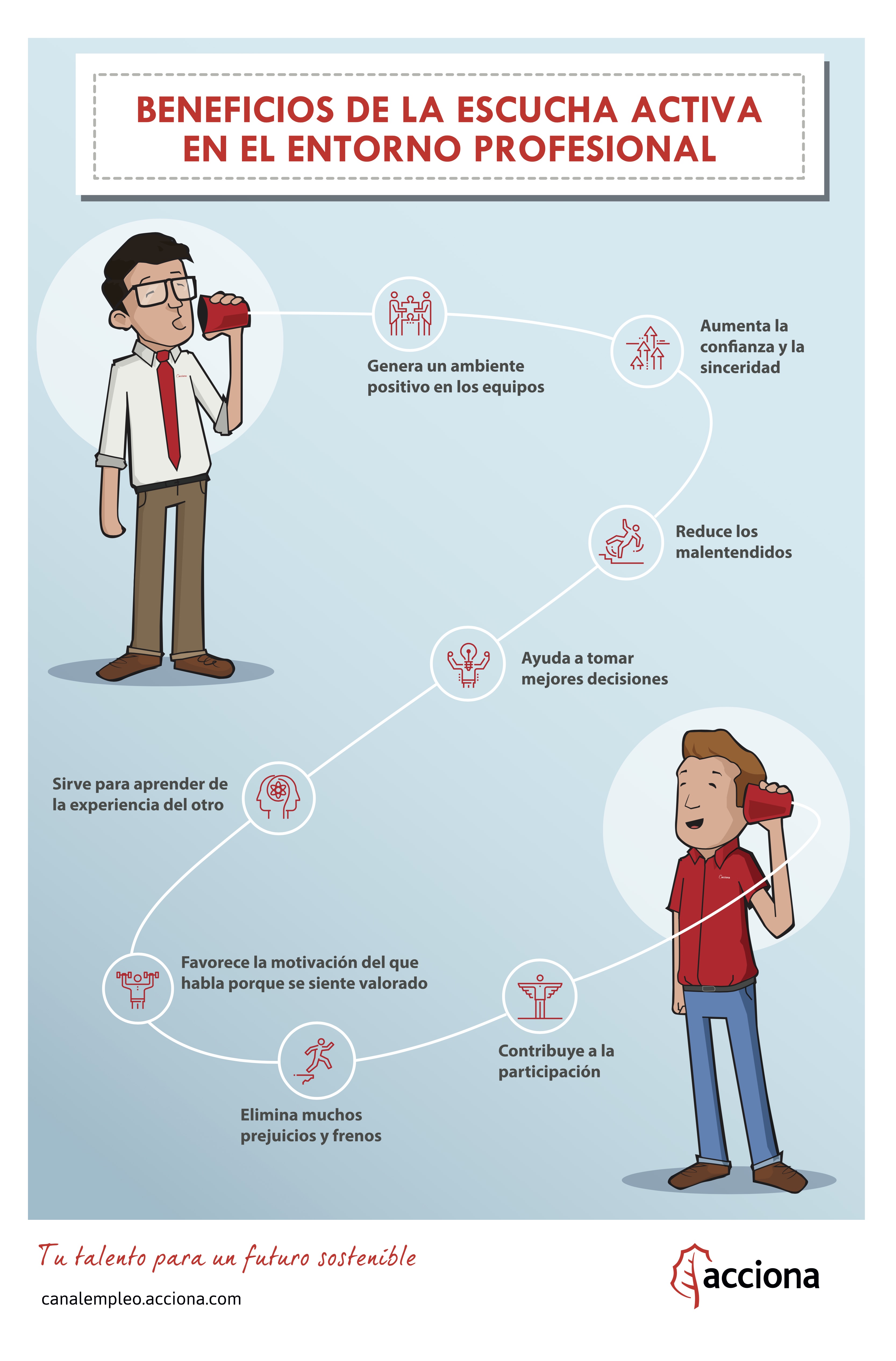Characteristics of active listening in the workplace
Implementing a culture of paying active attention requires developing a clear method based on empathy, in other words, knowing how to comprehend the convictions, challenges and also the fears of others. As Donoso Cortés said, “what is important is not to listen but to find out what the other thinks”.
Empathy as a tool to read between the lines
In other words, empathy is crucial for a leader or manager in order to answer the demands, concerns, fears and worries of his team or colleagues, not only for what they say but also for how they say it. Knowing how to read between the lines of someone’s words is an essential value if we want our listening process to meet the reality of that individual.
Therefore, we shouldn’t cheat on active listening. Most of all, we should not adapt the others’ vision to our logic, to the conclusions we have set beforehand, by manipulating the legitimate criterion of others with dialectical wit which is only trying to hide arrogance and intellectual laziness.
The importance of attitude
There are several other rules to follow when seeking active perception of the environment: body language is important, be it ours (an indolent attitude does not contribute to communication) or our conversation partner’s: allowing the other to speak is essential, let go of automated responses which turn the process into something useless, keep smartphones, computers or any other distraction away while engaging in a conversation…
Each work team must come up with its own formula to turn active listening and empathy into effective tools. Avoiding this challenge entails taking a great risk: to be ignorant about what could have happened if other different, wiser path was taken.
